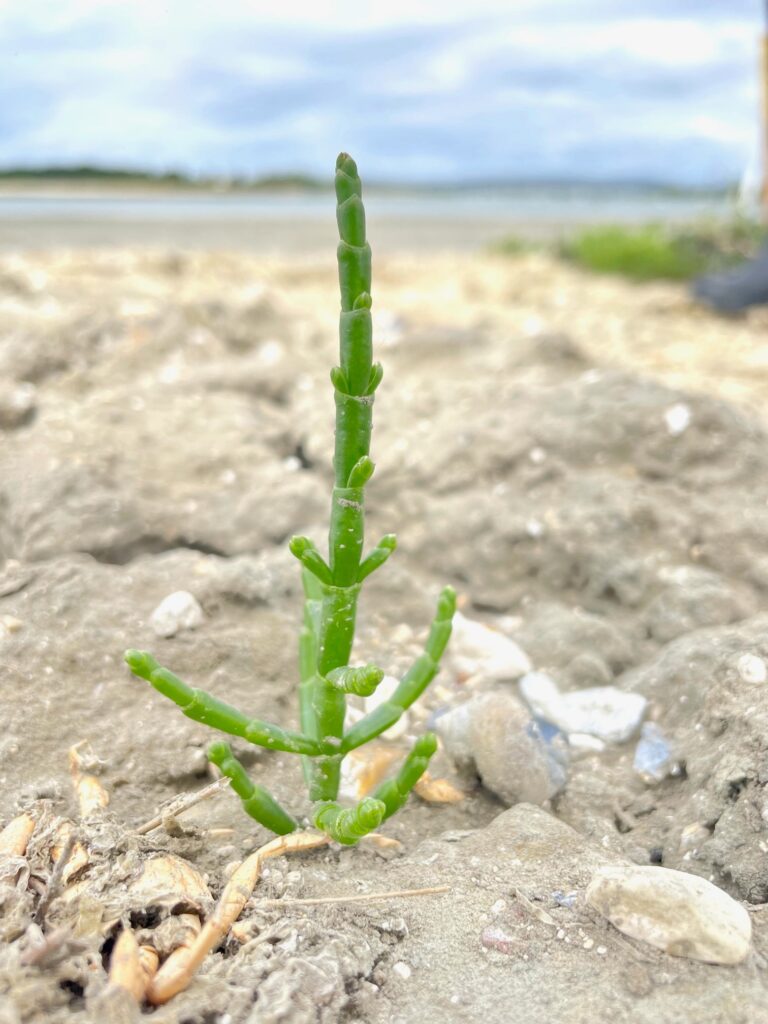In February 2023, CHaPRoN and three partner organisations successfully completed a saltmarsh restoration trial at West Itchenor. This was the first project to be delivered as part of the Solent Seascape Project – here is an update:
Why restore Saltmarsh?
Saltmarsh is a powerhouse when it comes to habitats, a coastal ecosystem that:
- Supports biodiversity.
- Stores carbon to counter climate change.
- Acts as a natural flood and coastal defence.
- Helps improve water quality.

The three main reasons for the trial were:
1. To restore and enhance an area of saltmarsh that’s been lost in Chichester Harbour.
2. To test a new approach using dredged sediment to restore saltmarsh.
3. To understand how well nutrients are absorbed by new saltmarsh.

The trial piloted a new technique – the Saltmarsh Restoration Dragbox (SRDB) – similar to a sleigh – designed by Land & Water. One of the key challenges in using dredged sediment is ensuring it can be placed in the right location (the upper intertidal area) high enough to support saltmarsh colonisation without being washed away. Our trial successfully demonstrated the potential of this new approach and its ability to overcome this challenge.
In total, around 1600m3 of dredged sediment was deposited at West Itchenor. The sediment itself came from a routine maintenance dredge at the entrance to Chichester Marina and was deposited by the dredging company at the trial site. Each load was delivered at high tide as far up the intertidal area as water depths would allow.
When the tide had retreated far enough, all the sediment was transferred to the top of the shore by the SRDB and moulded into shape. Once in place the sediment settled relatively quickly, drying out, and seemingly unaffected by tides or weather conditions. A survey of the trial site shows that the placed sediment is at heights which should be suitable for saltmarsh plant colonisation. The total area measures around 0.25ha.
What next?
We are now carefully monitoring the site to understand how things do – checking on the stability of the sediment and its ecological development, together with the wider monitoring requirements of the Solent Seascape Project.
First Shoots!
We expected that pioneer saltmarsh species would begin colonising the site within a year. In the last couple of weeks we have spotted the first shoots of glasswort on the site – fantastic news for the trial!

